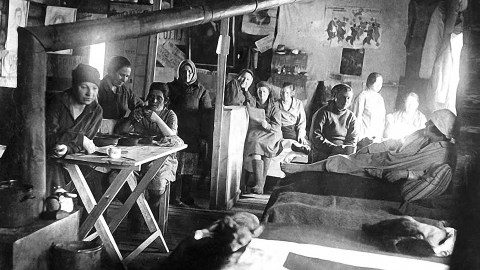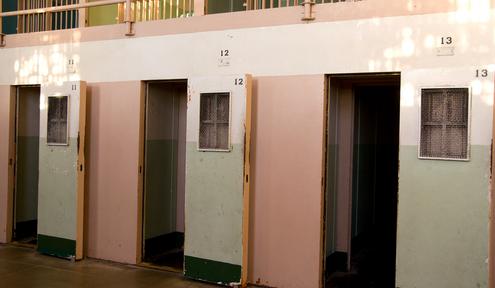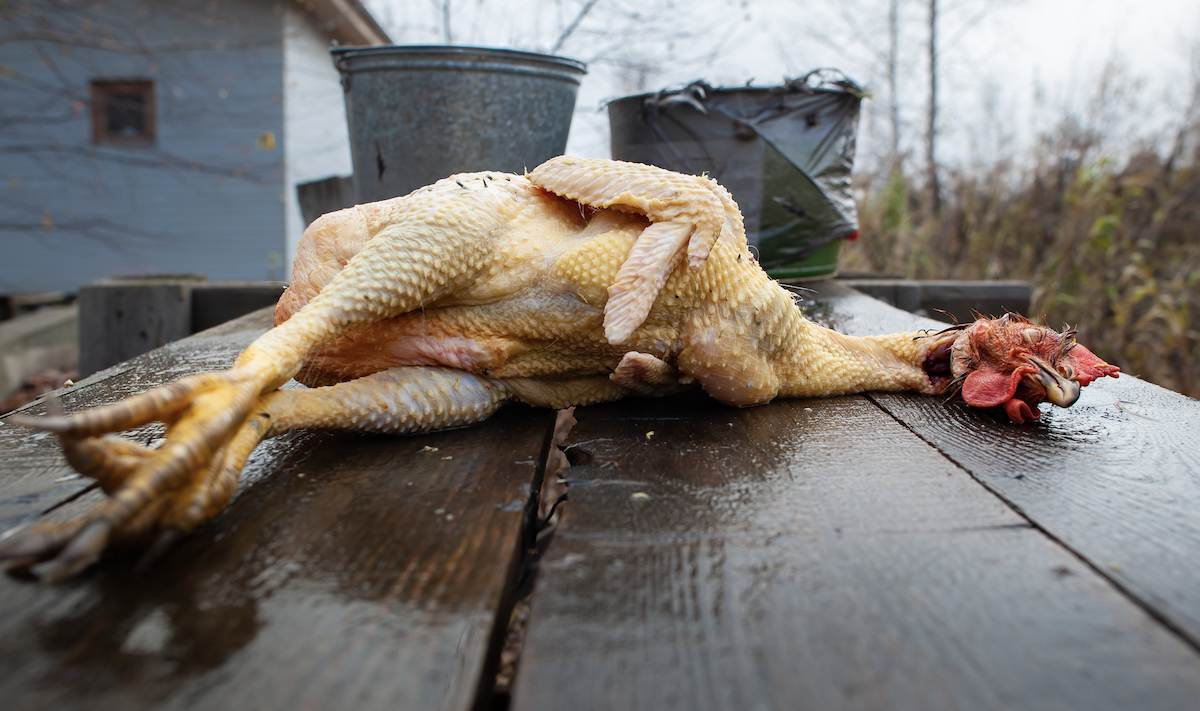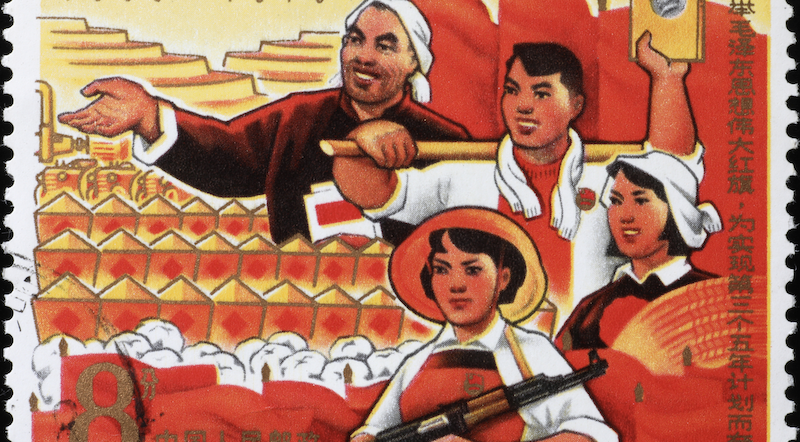From ancient Greece to Stalin’s Russia: The unique cruelty of exile

- Historically, exile severed individuals from their communities and families, often sending them to harsh environments. This form of punishment, dating back to ancient times, resulted in social stigma and isolation upon return.
- Approximately 15% of Russia’s population experienced gulags from 1930 to 1950, with many facing severe abuse and deprivation in remote areas like Siberia.
- Gulags imposed a survival-of-the-fittest regime, notably through the “nourishment scale” where food depended on work output, leading to the death of weaker inmates.
In Stalin’s Russia, roughly 1.5 million people were in gulags in any given year. Around 15% of the entire population between 1930 and 1950 passed through a gulag. Two million never came out. A gulag was a forced labor camp, a kind of open-air prison. At first, they were near or even in major urban hubs. But, when it became apparent that this was bad for morale and their international relations, these gulags were shuffled off to remote parts of the USSR. Siberia is the best known.
For some, gulags were better than the tiny, windowless cells they had endured for months. For most, however, faraway prisons meant less oversight from Moscow edicts. Camp commandants housed hundreds of miles from the Politburo were given the liberty to do as they wish. And, as is often the case, unrestrained power revealed the worst in human nature. People were left to die in the cold. A common punishment was to have inmates walk 2 km to the baths, in below-zero temperatures, absolutely naked. Prisoners were deliberately given rotten meat, when illness meant death. Workers had to dig trenches in freezing ground with only their hands. Women were raped. Children were malnourished. Men were beaten for fun.
Even in the absence of such brutality, exile has always been a cruel form of punishment. Let’s dig into why.
The harsh reality of exile
Humans have a long history of banishing their criminals. Rome and Greece would send their dissidents to faraway colonies. (The word “ostracize” comes from the Greek tradition of voting for someone to be banished from the city.) The Jews of the Old Testament spent 70 years exiled in Babylon. The British sent their convicts to Australia, and the French sent theirs to Guyana. As a form of punishment, exile predates historical records. Heck, Even Adam and Eve were exiled from the Garden of Eden. Only in the last century have we decided not to banish prisoners.
So why is exile such a feared and cruel punishment? Exile didn’t just mean moving to some faraway town. It meant never seeing or hearing from your family again. You might get letters sporadically or even the occasional visit, but you would miss everything that mattered. You would not be there at your mother’s death. You would miss your daughter’s marriage or your son’s first job. Your wife would move in with someone else. Nor was exile usually to some holiday idyll. For instance, Ovid was exiled to a sweltering, disease-ridden port on the Black Sea.
Your life support machine
Before the introduction of the modern welfare state, your neighborhood was your support network. Your local community was not some trivial, replaceable bauble. When you were ill, old, or unemployed, you needed the hospitality and charity of your neighbors if you were to live another winter. There were no formal charity structures, so the needy or hard-up were the responsibility of everyone.
Since exiles were almost always criminals (by the law of the land, anyway), they often were branded with some representation of their crime. When the exiles returned, as the majority of them eventually did, they were then shunned by society. They couldn’t get a job, a room in an inn, or any local charity. In Tsarist Russia, for instance, thieves would have B (for вор, or “thief”) or Б (for бунтовщик, or “rioter”) burned into their cheeks or foreheads. From the middle of the 18th century, all Russian criminals and exiles were branded this way. When branding was abolished under the gulags, Russian gangs and criminals tattooed themselves with their crimes — a kind of homage to the past and taking ownership of their shame.
Life in a gulag
Back in the gulag, we can see why exile in open-air prisons was such a cruel form of punishment. When someone is exiled, they are usually not welcomed into another city or country. They’re sent to a place of exiles, which invariably means criminal gangs run things. Living in exile, you had to be constantly vigilant for brutal, unexpected, and life-changing violence at any moment. Even in Stalinist Russia, people were used to certain rules and the structure of civil society. In exile, the only rule was survival.
Exiles were not only cut off from their friends; they were cut off from human connections. In gulags, people learned to fear each other and punch down all the time. Gulags were a Hobbesian nightmare — a cold and cruel place of theft, assault, and isolation. It’s been plausibly argued that the Russian gulags served as schools and training grounds for the mafias that dominated Russian society from the 1980s onward.
The nourishment scale
Commandants often ran gulags on a system known as the “nourishment scale.” This was a rule popularized by Naftaly Frenkel, in which prisoners were allocated food in proportion to their work; if you worked harder, you got better fed. The result was that, over time, the smaller, slower, and less efficient workers were starved to death. It was a vicious, inhumane cycle: If you got weaker, you got less food, and you got even weaker still.
Before you were exiled, you would be valued as a human being. In the gulags, you were valued only by how hard you could work. That would mean working 12-hour days of hard manual labor, often without the correct equipment. It might involve panning for gold in freezing water, moving splintered tree trunks without gloves, or digging trenches with your hands. This was a world where people would deliberately self-mutilate because the doctors’ wards were better than life outside.
The true brutality of gulags — and exile more broadly — is that it turns you into a non-desirable and untouchable. You are reduced to your crime, and every vestige of your old life is taken from you. Exile is a kind of death of who you once were.





